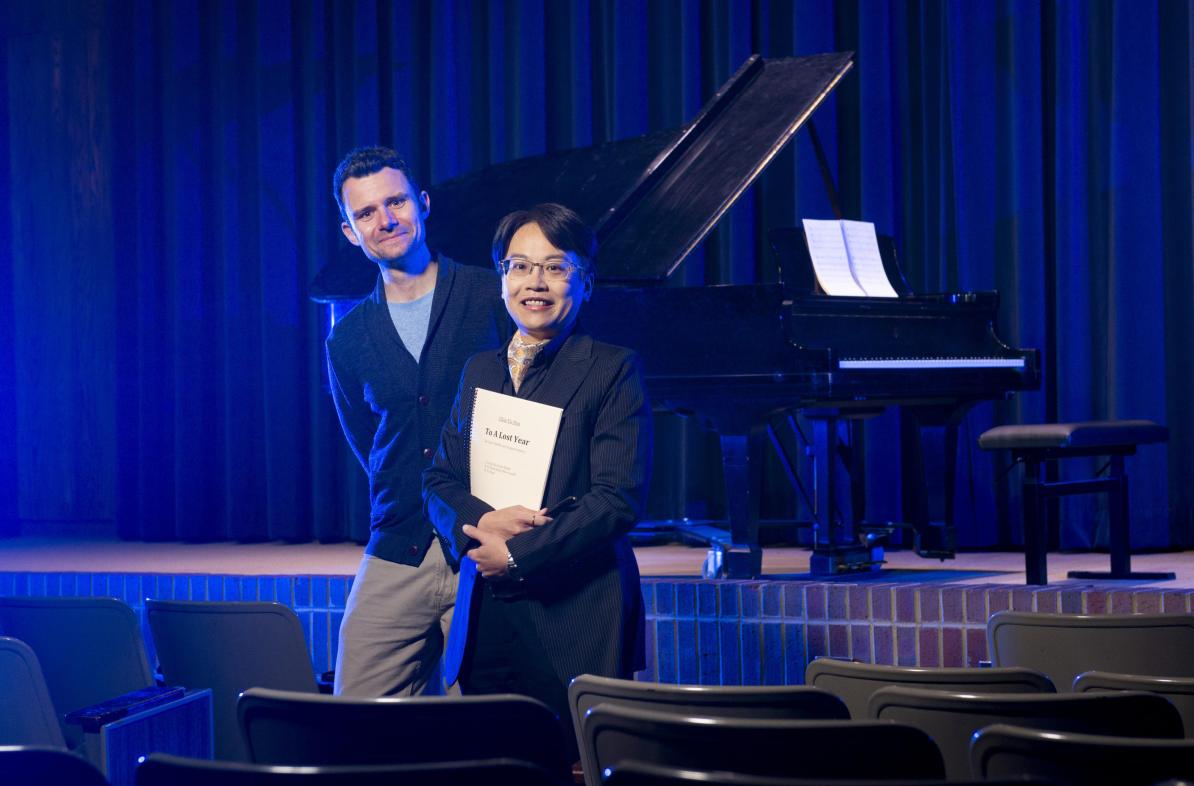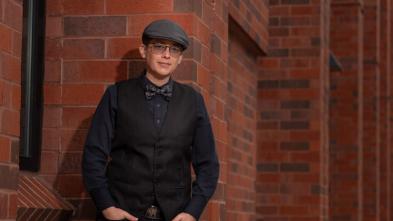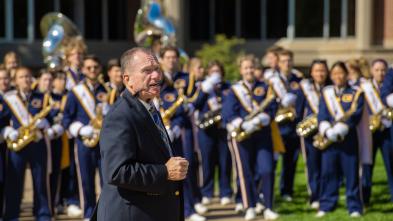Featured Image
For the media

Title
UW-Eau Claire music, English faculty write song about pandemic for San Francisco Choral Society
Authored on
UW-Eau Claire music, English faculty write song about pandemic for San Francisco Choral Society
Published on:
Intro text
For years, Dr. Chia-Yu Hsu and B.J. Hollars each have been using their creative talents to tell stories that evoke powerful emotions in audiences around the world, Hsu through her music compositions and Hollars through his books and essays.
Sections
For the media
For the media
Image download


